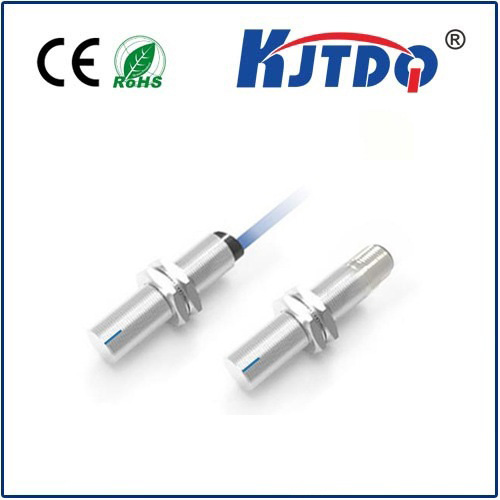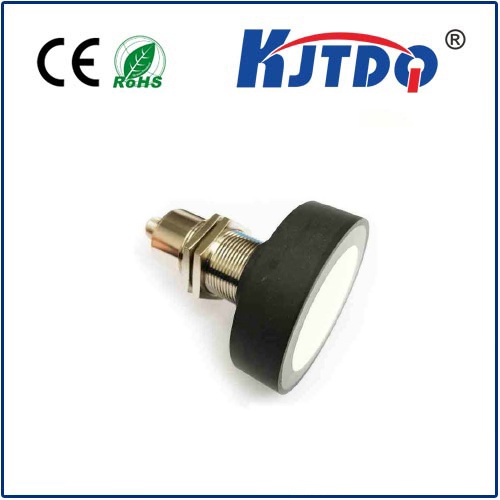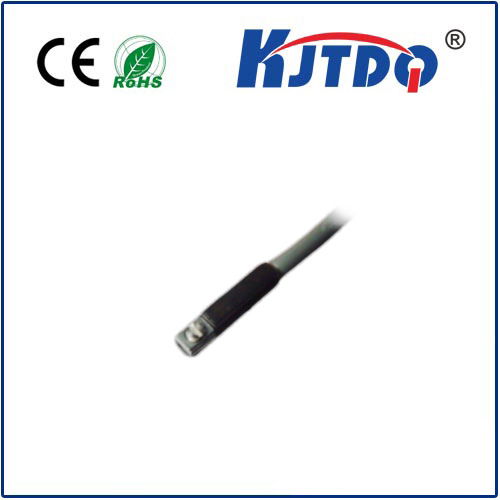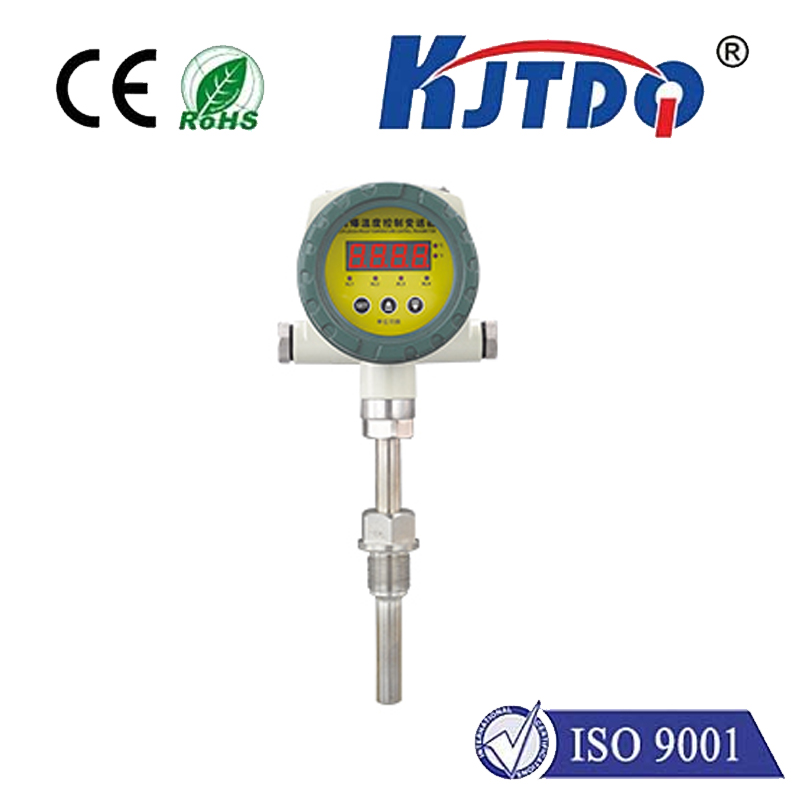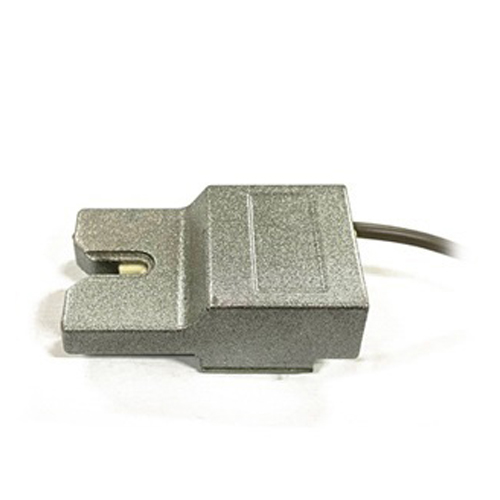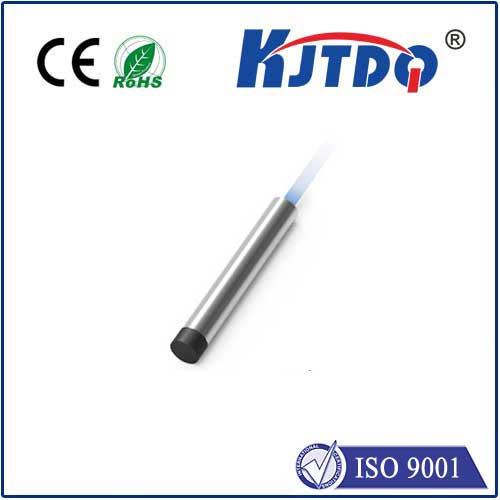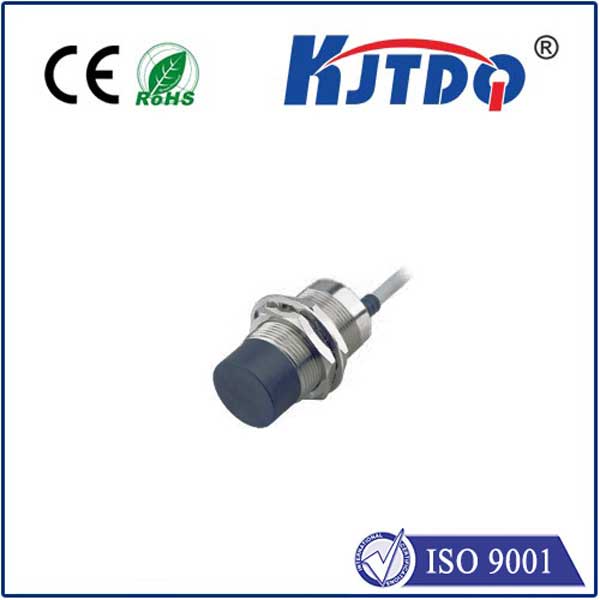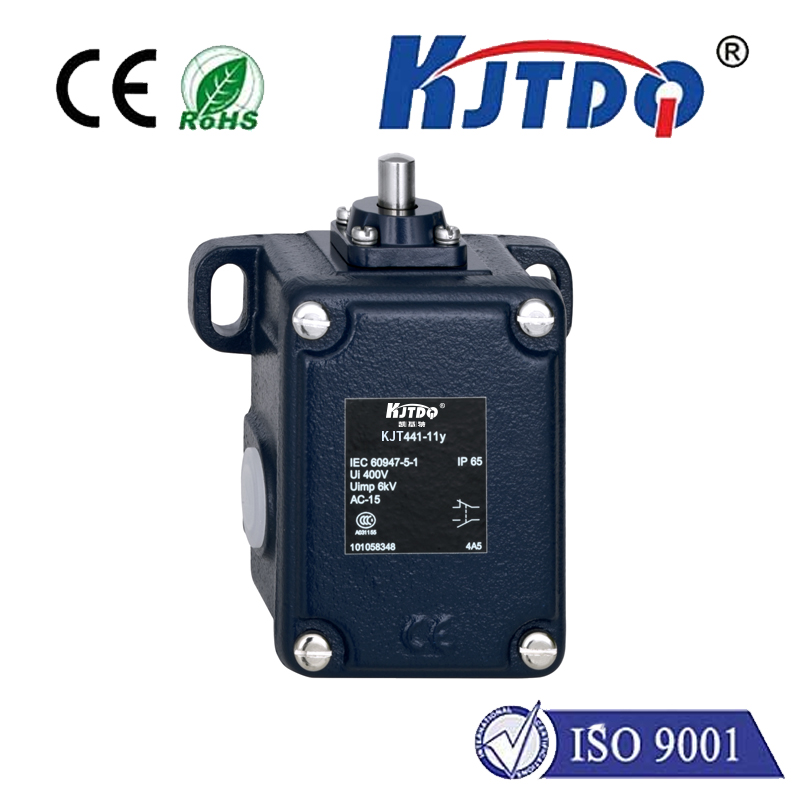a proximity sensor
- time:2025-07-07 14:49:09
- Нажмите:0
Proximity Sensors: The Unseen Eyes Enabling Smarter Interaction
Ever walked into a grocery store, laden with bags, and the entrance door magically slid open before you even touched it? Or waved your hand under a faucet in a public restroom to trigger water without a single knob turn? That effortless, contactless interaction isn’t magic; it’s the silent, efficient work of proximity sensors. These remarkable devices, often unnoticed, have become fundamental building blocks in our increasingly automated and smart world. They act as the invisible guardians and enablers, detecting the presence, absence, or position of nearby objects without physical contact, forming the crucial first step in countless automated processes.
Understanding the Core Concept: Beyond Touch
At its heart, a датчик приближения is an electronic device designed to detect the presence or absence of an object within a specific range – its detection field – and convert this information into an electrical signal. Unlike limit switches that require physical contact, proximity sensors operate contactlessly, relying on changes in an electromagnetic field, acoustic waves, or light. This non-contact nature is their key advantage, leading to longer lifespans (no mechanical wear), higher reliability, faster response times, and the ability to detect even fragile, delicate, or dirty objects.

How Do They Work? Unveiling the Underlying Principles
Proximity sensors employ various physical principles to achieve detection. The most common types include:
- Inductive Proximity Sensors: These are the workhorses of industrial automation, primarily detecting ferrous metals (like iron and steel). They generate an electromagnetic field. When a metallic object enters this field, it induces eddy currents within the metal, causing a detectable change in the sensor’s internal oscillation. Inductive sensors are robust, immune to dust, oil, and water (often rated IP67+), and excel in harsh factory environments for tasks like counting metal parts or verifying machine component position.
- Capacitive Proximity Sensors: These sensors can detect both metallic and non-metallic objects, including liquids, powders, plastics, and wood. They function by generating an electrostatic field. Any object entering this field alters its capacitance. This change is measured and triggers the output. Capacitive sensors are vital for applications like detecting liquid levels in tanks through plastic walls, monitoring fill levels of non-conductive materials, or even acting as touchless controls triggered by a hand approach.
- Photoelectric Sensors: Often called “photo eyes,” these sensors use light beams (visible, infrared, or laser). They consist of an emitter (light source) and a receiver. Detection occurs when an object interrupts the light beam (through-beam), reflects light back to a receiver located beside the emitter (retro-reflective), or reflects light diffusely back to the receiver (diffuse reflective). Photoelectric sensors offer long detection ranges and are highly versatile for a vast array of object detection tasks, from small components on a conveyor to large boxes in a warehouse.
- Ultrasonic Proximity Sensors: These sensors emit high-frequency sound waves and measure the time it takes for the echo to return after bouncing off an object. This principle allows them to detect objects regardless of material, color, or surface characteristics. Ultrasonic sensors are excellent for detecting transparent objects (like glass bottles), measuring distances, or sensing levels in bulk solids, even in dusty or foggy conditions where optical sensors might struggle.
Where Do They Work? Pervasive Applications Across Industries
The applications for proximity sensors are almost limitless, permeating nearly every sector:
- Промышленная автоматизация: This is arguably their strongest domain. They provide position sensing for robots, verify component presence on assembly lines, control machine movement limits (end-of-travel detection), count products, and monitor conveyor belt flow. Their reliability and speed are critical for maintaining high productivity and preventing costly collisions or jams.
- Consumer Electronics: Proximity sensing is integral to the intuitive interfaces we use daily. Your smartphone screen automatically turns off when held to your ear during a call, saving battery. Laptops might sleep when the lid is closed. Hands-free faucets, soap dispensers, and paper towel dispensers rely on them. Automatic doors in buildings enhance accessibility and hygiene.
- Автомобильная промышленность: Vehicles are packed with proximity sensors. They enable parking assistance systems (ultrasonic sensors detect obstacles), trigger automatic headlights (detecting ambient light changes via photoelectric principles), deactivate airbags if the passenger seat is unoccupied (often capacitive), and form part of collision avoidance systems.
- Safety and Security: Proximity sensors act as vital safety interlocks on machinery, ensuring guards are in place before operation starts. They trigger alarms if unauthorized entry is detected near sensitive areas or perimeter fences. Elevators use them to prevent doors from closing on people or objects.
- Robotics: Robots depend heavily on proximity sensors for object detection, navigation, collision avoidance, and precise positioning, enabling them to interact safely and effectively with their environment and humans.
- Appliance and Building Automation: From automated lighting control detecting occupancy to smart trash cans opening lids upon approach, proximity sensors add convenience and efficiency to homes and buildings.
The Future: Integration and Intelligence
The role of proximity sensors continues to evolve rapidly, fueled by trends like the Internet of Things (IoT) and Artificial Intelligence (AI). Sensors are becoming smarter, equipped with onboard processing capabilities and digital communication protocols (IO-Link, etc.) for easier integration and configuration into complex networks. This allows for predictive maintenance – the sensor itself can alert to potential degradation before failure. Integration with AI algorithms enables more sophisticated object recognition and contextual understanding beyond simple presence detection. Furthermore, miniaturization is making these sensors viable for even smaller devices and wearables.
Choosing the Right Sensor: Key Considerations
Selecting the optimal датчик приближения involves carefully assessing several factors:
- Target Material: Metal? Non-metal? Liquid? Powder? This dictates sensor type (inductive, capacitive, photoelectric, ultrasonic).
- Detection Range: How far away does the object need to be detected?
- Operating Environment: Is it exposed to dust, moisture, chemicals, extreme temperatures, or strong electromagnetic interference? Robustness and Ingress Protection (IP) rating are crucial.
- Output Type: Does the application require a simple digital signal (on/off - NPN/PNP) or an analog output representing distance?
- Size and Mounting Constraints: Physical space limitations impact sensor choice.
- Required Speed: How fast does the object move past the sensor? Response time is critical.
By understanding these parameters, engineers and designers can effectively leverage the power of contactless sensing to create smarter, safer, and more efficient systems. Proximity sensors, though often unseen, are truly indispensable components in the seamless automation that defines our modern technological landscape. Their continued evolution promises even greater levels of intelligent interaction between machines and the physical world.


